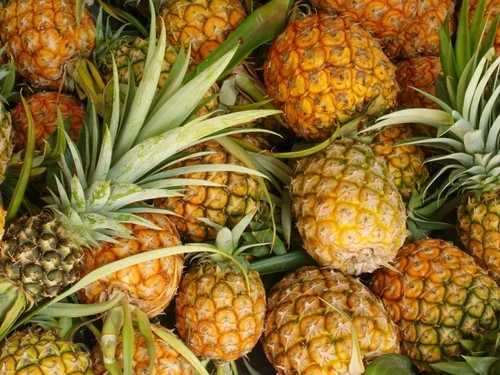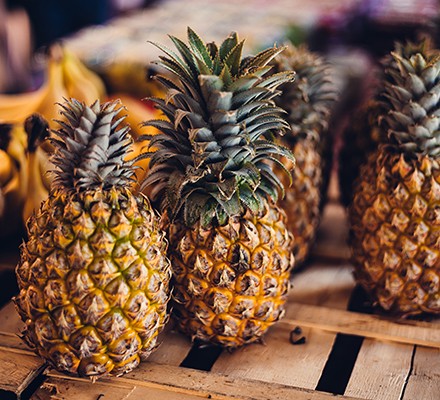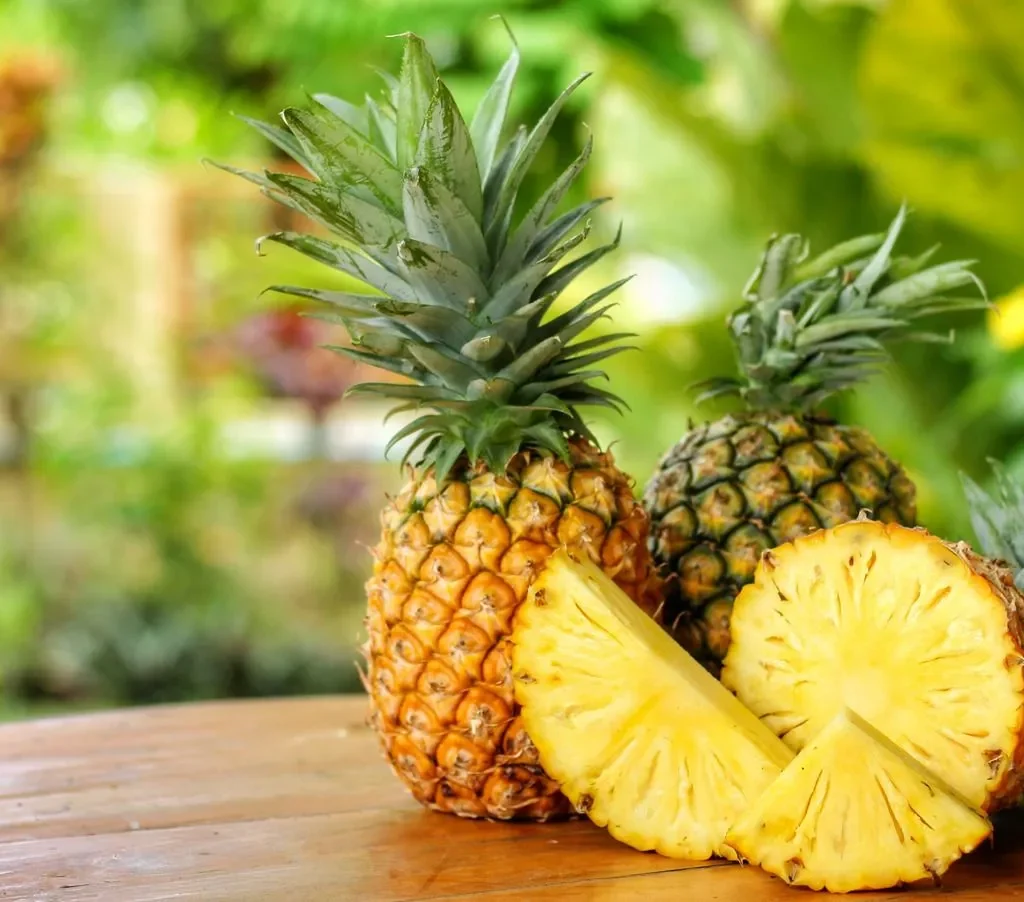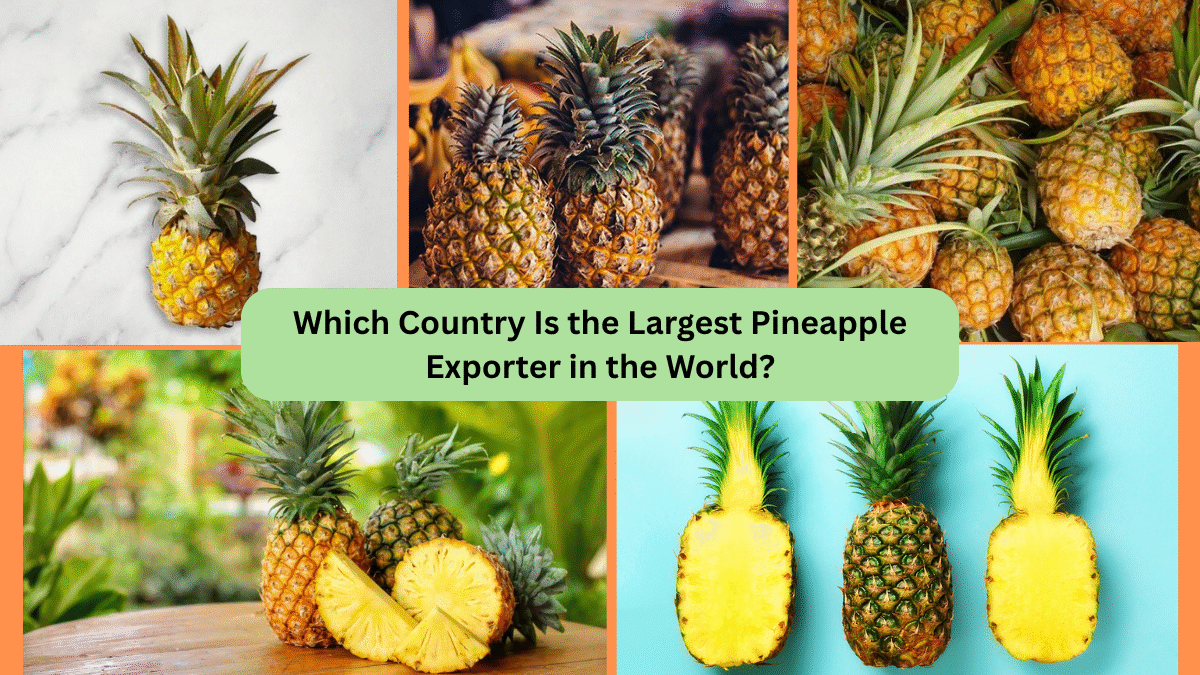Pineapples, with their sweet tropical flavor, juicy texture, and rich health benefits, have become one of the world’s most beloved fruits. Found in everything from fruit salads and juices to desserts and culinary dishes, pineapples are a key staple in global fruit trade. But when it comes to international exports, one country has firmly established itself as the undisputed leader in the pineapple market.
In this article, we’ll explore which country is the largest pineapple exporter in the world, how they achieved this title, the major export destinations, other leading pineapple-exporting countries, key market trends, challenges facing the trade, and what the future holds for the global pineapple industry.
The Global Pineapple Market Overview

Pineapples are grown across tropical and subtropical regions around the world, with global production exceeding 28 million metric tons annually. While countries like the Philippines, Thailand, Indonesia, and India are significant producers, only a select few nations have built substantial export industries.
The international trade of fresh and processed pineapples has witnessed steady growth over the past decade, fueled by rising consumer demand for tropical fruits, the global popularity of smoothies and health-based diets, and the availability of pineapples year-round due to improved logistics.
Which Country Is the Largest Pineapple Exporter in the World?
Without question, Costa Rica is the largest pineapple exporter in the world. This small Central American nation dominates global pineapple exports both in terms of volume and value, far surpassing all other countries.
Key Statistics:
- Annual Exports (2023): Over 2.1 million metric tons
- Export Value: Approximately USD 1.2 billion
- Global Market Share: Roughly 49%–55% of the world’s pineapple exports
Why Is Costa Rica the World’s Top Pineapple Exporter?

Several factors have contributed to Costa Rica’s commanding position in the global pineapple market:
Ideal Growing Conditions
Costa Rica’s tropical climate, consistent rainfall, fertile volcanic soil, and warm temperatures provide the perfect environment for year-round pineapple cultivation. The country’s geographical advantages allow for continuous harvesting cycles, ensuring a steady and reliable export supply.
Large-Scale Commercial Plantations
Major agribusiness companies like Dole, Del Monte, and Chiquita have invested heavily in Costa Rica’s pineapple industry, operating vast plantations equipped with modern agricultural technology and efficient harvesting practices.
Proximity to Key Markets
Costa Rica enjoys a strategic location with easy access to both North American and European markets. Its efficient port infrastructure on both the Atlantic and Pacific coasts allows for quick and reliable shipping routes to these high-demand destinations.
High-Quality Standards
Costa Rica has built a reputation for exporting high-quality, consistently sized, and flavorful pineapples. The ‘MD2’ variety, known for its sweetness and long shelf life, has become the global standard for exported pineapples.
Other Major Pineapple Exporting Countries
While Costa Rica dominates the market, several other countries play important roles in the global pineapple trade:
Philippines
The Philippines is the second-largest pineapple exporter in the world, exporting around 600,000 metric tons annually. The country primarily supplies China, Japan, South Korea, and Middle Eastern markets, and is particularly strong in both fresh and canned pineapple products.
Netherlands
Though not a major producer, the Netherlands acts as a crucial re-export hub for pineapples in Europe. It imports large quantities of pineapples, mainly from Costa Rica, and redistributes them across the European Union.
Belgium
Belgium plays a similar role to the Netherlands, acting as a distribution center for pineapple imports within Europe, catering to France, Germany, and the UK.
United States
The United States exports modest volumes of pineapples, primarily from Hawaii, Puerto Rico, and Florida, but remains a major importer of the fruit.
Thailand & Ecuador
Both countries contribute to the international pineapple market, particularly in canned and processed pineapple products.
Where Do Pineapples from Costa Rica Go?

Costa Rica’s pineapples are exported to over 40 countries, with the primary markets including:
- United States (largest importer)
- Netherlands
- Spain
- United Kingdom
- Italy
- Belgium
- Germany
- Canada
- United Arab Emirates
The United States alone imports more than 50% of Costa Rica’s pineapple exports, reflecting the high demand for fresh tropical fruit in the North American market.
Market Trends Driving Pineapple Exports
Several market trends have contributed to the growth of global pineapple exports: Health & Wellness Boom
The rising global focus on health, wellness, and natural foods has fueled increased consumption of nutrient-dense fruits like pineapples, which are rich in vitamin C, antioxidants, and digestive enzymes like bromelain.
Demand for Smoothies & Juices
The booming popularity of smoothie bars, juice cleanses, and plant-based diets has driven up demand for fresh and frozen pineapple products worldwide.
Growth in Supermarkets & E-commerce
Improved logistics and global cold chain networks have enabled retailers and e-commerce platforms to offer fresh tropical fruits like pineapples to consumers in both developed and emerging markets.
Expansion into New Markets
Besides traditional markets in North America and Europe, pineapple exports are increasing to regions like the Middle East, East Asia, and Africa, where consumption is on the rise.
Challenges in the Pineapple Export Industry

Despite its growth, the global pineapple export industry faces several challenges:
- Environmental Impact: Large-scale monoculture pineapple farming in Costa Rica has raised concerns about deforestation, water pollution, and pesticide overuse.
- Labor Conditions: Reports of low wages and poor working conditions for farm laborers in some plantations have drawn criticism from international organizations.
- Price Volatility: Pineapple prices can fluctuate due to weather patterns, supply chain disruptions, and shifts in global demand.
- Competition from New Producers: Countries like Kenya, Ghana, and Indonesia are emerging as potential competitors in both fresh and processed pineapple markets.
Future Outlook for the Global Pineapple Trade
The global pineapple market is expected to continue its upward trajectory in the coming years. Market research forecasts predict:
- A 4%–5% annual growth rate in pineapple export volumes through 2030.
- Costa Rica will likely maintain its leadership position, although increasing environmental regulations may influence production practices.
- The Philippines, Ecuador, and African nations are poised to increase their market share, driven by investment in modern farming techniques and sustainable agriculture.
- Growing demand for organic, fair-trade, and eco-friendly pineapples is shaping consumer preferences, prompting exporters to adopt more sustainable practices.
Conclusion

To summarize:
- Costa Rica is the largest pineapple exporter in the world, exporting over 2.1 million metric tons annually, valued at around USD 1.2 billion.
- The country’s success is built on ideal growing conditions, large-scale commercial plantations, strategic logistics, and a reputation for high-quality fruit.
- Other key players in the pineapple export market include the Philippines, Netherlands, Belgium, the United States, and Ecuador.
- The industry is thriving thanks to health trends, global demand for tropical fruits, and advancements in logistics, but faces environmental and labor challenges.
- The future of the pineapple trade looks promising, with expanding markets, a focus on sustainability, and steady growth in global consumption.





Leave A Comment